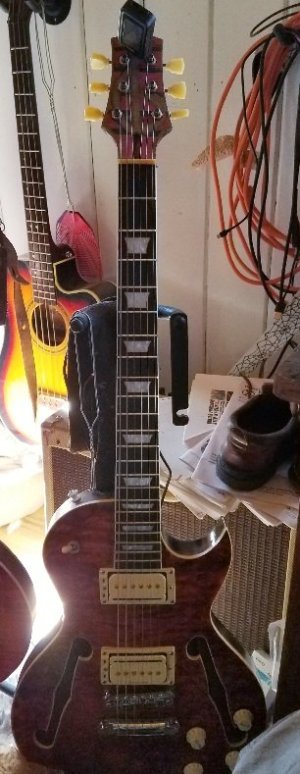I recommend not ordering until you 100% can answer all these questions for yourself. The time to figure out what you want is always before you buy, otherwise you might limit yourself to what will fit after it is built (or have to do some fudging to make it work).
Agreed fully. The other reason is because
we are going to tell you what
we like. We're not you. There's no reasonable, practical way any of us can answer questions 1, 2, 3, 5, or 6. You're essentially asking us to design your guitar without knowing a thing about you, what your preferences are, what you play, how you play, etc.
#4, we can answer. If you've never done it before, an $800 Warmoth purchase is not the time or place to practice. I can tell you about the tools I use to do it, but I suspect that's at least five steps farther down the road from where your current experience level is.
I have looked into kits but my tastes are too particular for them.
You still need some way of practicing how to build a guitar from the ground up, though, so you know what you want and what you're getting. You're asking for a custom-built Ferrari from the factory in Italy when you've never changed the oil in your Chevrolet.
Again, we can't build your guitar for you, even through giving you a pick list for your order. Only you can do that, and the only way that can be satisfactory is by learning those things that you've admitted you don't know. Fret dimensions, neck profile, tuner model, etc. Ordering the parts is only step 1.
The whole point of the kit guitar isn't to get what you want out of the box. It's to learn the art and process of guitar building itself, without investing more money than is necessary when you're still a beginner. When you picked up the guitar for the very first time and didn't even know how to make a G chord, did you start with a $2,000 Fender USA Custom Shop? Or a $200 off-the-rack-at-the-music-store model? Did you end up upgrading or trading up that first guitar to something else that met your preferences as they developed over time and experience?
Same idea here.



